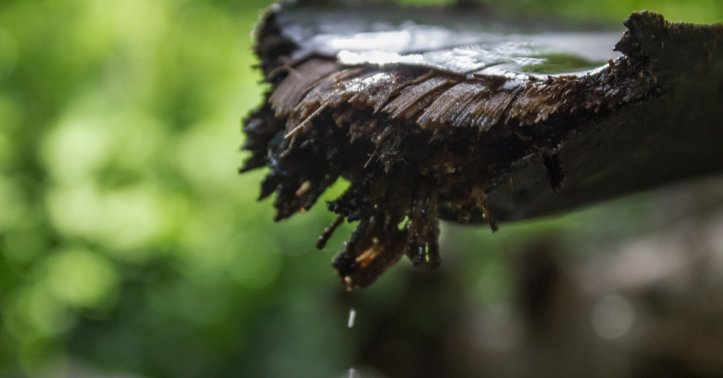
Saving water at the grassroots
Over the past decade, immersed in the CSR projects, government and corporate consultations, and the realities of rural and urban India, I have come to a sobering realization: true conservation of water and resolution of contamination at the source is the only path to lasting change.
Again and again, I have witnessed projects celebrated for their scale, crores expended, structures inaugurated, yet little has changed at the grassroots, because the root causes of lakes and rivers contamination remain untouched.
I find myself asking: when did we start believing that water security, river and lake rejuvenation or contamination issues could be solved by mere expenditure in crores?
How often do we overlook the silent simplicity of rainwater harvesting, the forgotten power of local knowledge, or the almost effortless efficiency built into the laws of nature?
What would it take for every citizen, every household and every school, to be genuinely skilled and empowered in conserving each drop, and in reusing water with accessible, low-cost techniques?
My own experiments with rooftop rainwater harvesting and decentralized greywater management systems have shown me that solutions often require neither massive funding nor imported technology, but rather the will to unlearn and return to roots.
I wonder: do we, as a society, possess the humility and courage to address pollution and overconsumption where they originate, in our own lives, our homes, our industries, our habits?
If river and lake rejuvenation projects continue to ignore these foundational issues with absolute focus on accumulation of crores, are we not simply decorating a wound while infection festers underneath?
Moving forward, perhaps our greatest need is not for charity and grants, but for a collective return to our roots, to a mindset where every drop is sacred, and water stewardship is as intrinsic as breathing.
By Pritam Kumar Sinha








